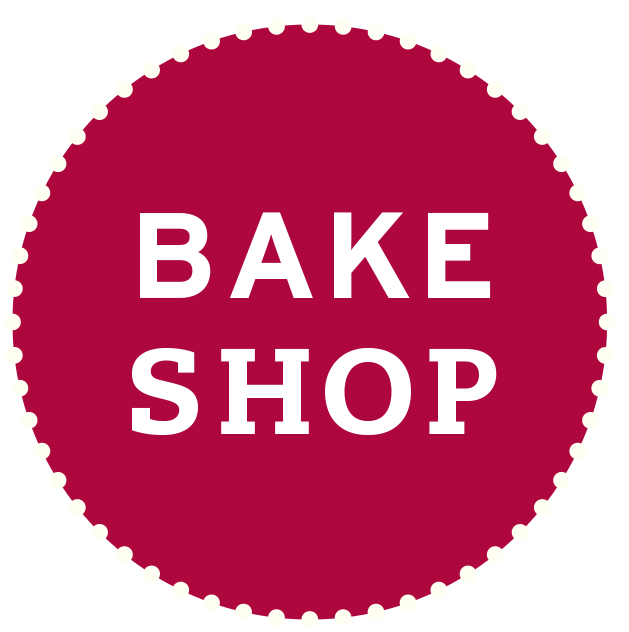Maple Scones
As a kid of the ‘80s, I loved watching Oprah. After school my friend Melissa and I would come home, pop a bag of Pop Secret microwave popcorn, grab a Dr. Pepper from the fridge, settle into her back TV room for the next hour, and fall into someone else’s world. For whatever childhood reason, it was a dream of mine to someday appear on Oprah’s show, and once my cookbook was published I figured that was how I would get on. So it was to my great dismay when I heard that the Oprah show would have her last show shortly after Good to the Grain was published, and my dream would not be realized.
Turned out my hope wasn’t entirely dashed though. Early one spring day, I opened my email to find a note from Oprah Magazine asking if I would like to develop recipes and be featured in their publication. I swooned with delight and set about to create nine recipes for their fall 2011 issue—Ricotta Breakfast Bars, Sweet and Salty Cookies, Poached Blueberry Pancakes, Candied Coconut Muffins, Sweet Potato Upside Down Cake, Pear Gingerbread Cake, Roasted Grape Cake, Corn Muffins and the now-beloved, Maple Scone.
Working with a framework around me has always encouraged my creative endeavors. Sometimes it’s something as grand as a special selection from a particular stand at the farmers’ market, or a special item from our fine food purveyor. Oftentimes however it’s a matter of what’s in the bakery walk-in or on my kitchen counter at home. When I develop multiple pastries at once, I list flavors within the season in which I am working, and then make a list of the types of pastry in which those ingredients can be most effectively used to maximize flavor and texture. Then I get into the kitchen and begin to stir ingredients into bowls and adjust and fine tune from there.
For the maple scone, I was inspired by one of my favorite doughnuts, the old fashioned buttermilk bar, to which I wanted to incorporate an infusion of maple. The balance was in creating a scone that tasted of maple syrup without making a pastry that tasted too sweet, as I think most maple pastries are. The trick was to balance the recipe with various tones using flavor-forward flours— earthy, bitter, mild, sweet—as a blend of whole grain flour tempers sweetness in a way that white flour alone cannot.
And since I believe that we eat with our eyes before we actually taste something, I brushed a thin layer of maple glaze on after the bake, creating the perfect “Martha Stewart drip.” The scone is baked until the tip and edges are a darker brown than the rest of the pastry, creating a slightly crunchy texture and a softer, more tender middle. The glaze is applied with a restrained touch; too much and you don’t want another bite, just right and you keep longing for another.
This weekend we bring you a trio of Maple Scones as our Secret Item. They’re available for our newsletter subscribers only, so be sure to join our email list for access to all of our weekly specials. Enjoy!
